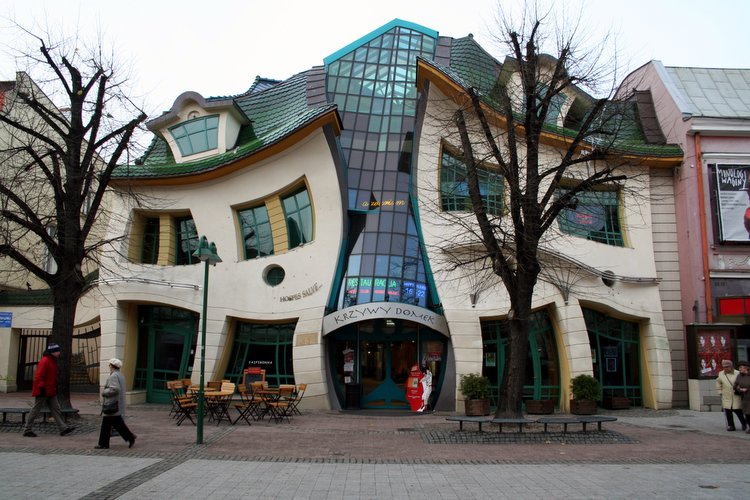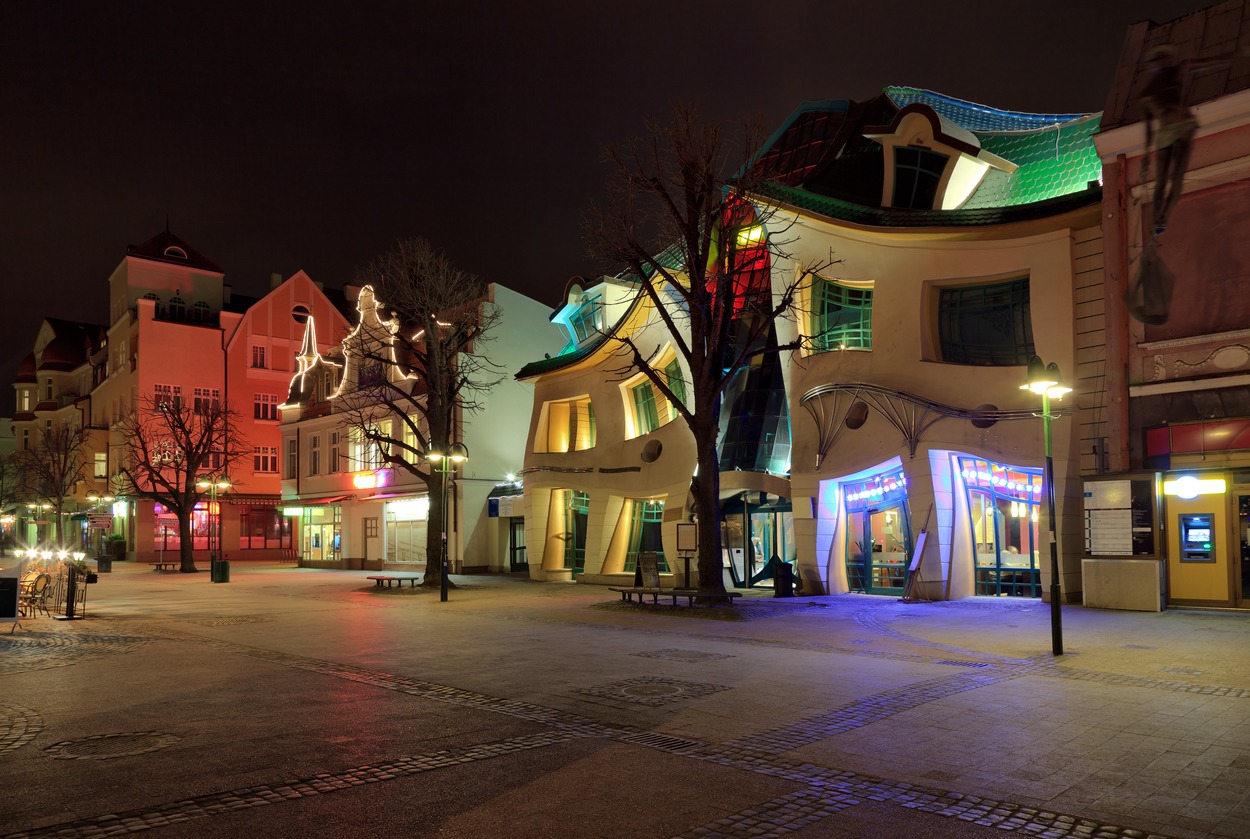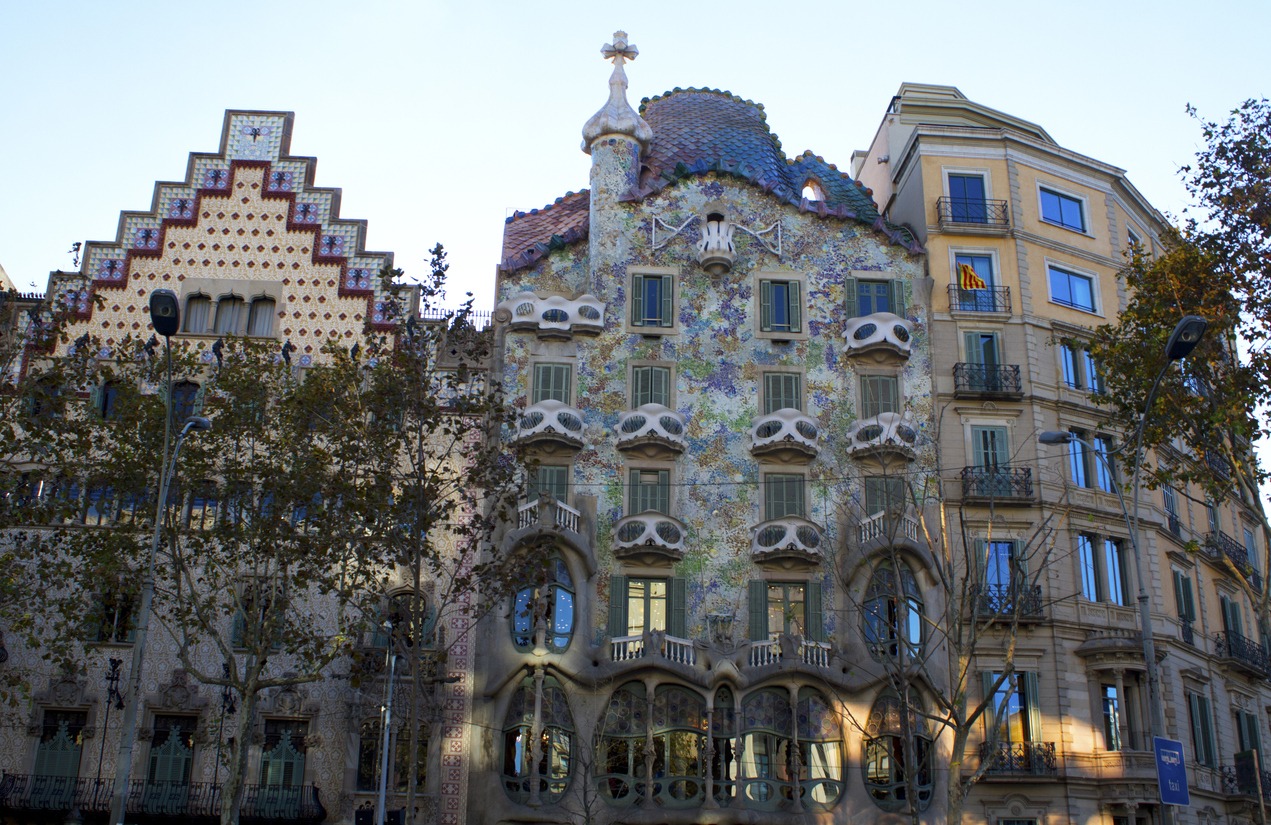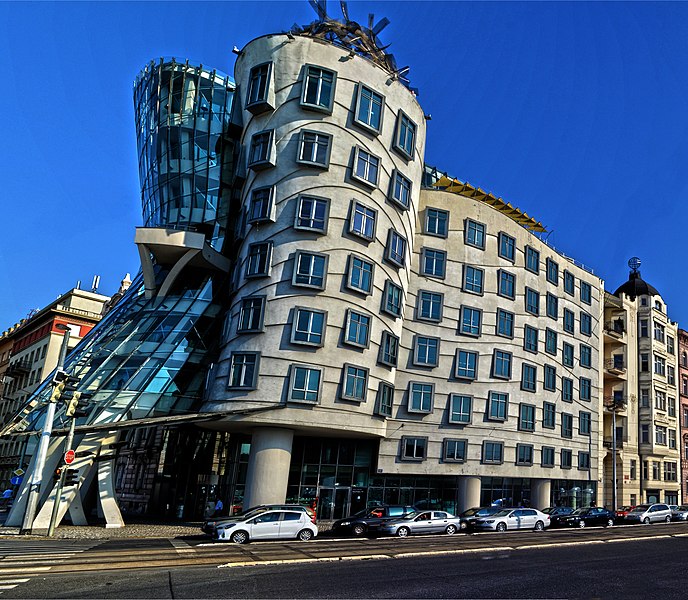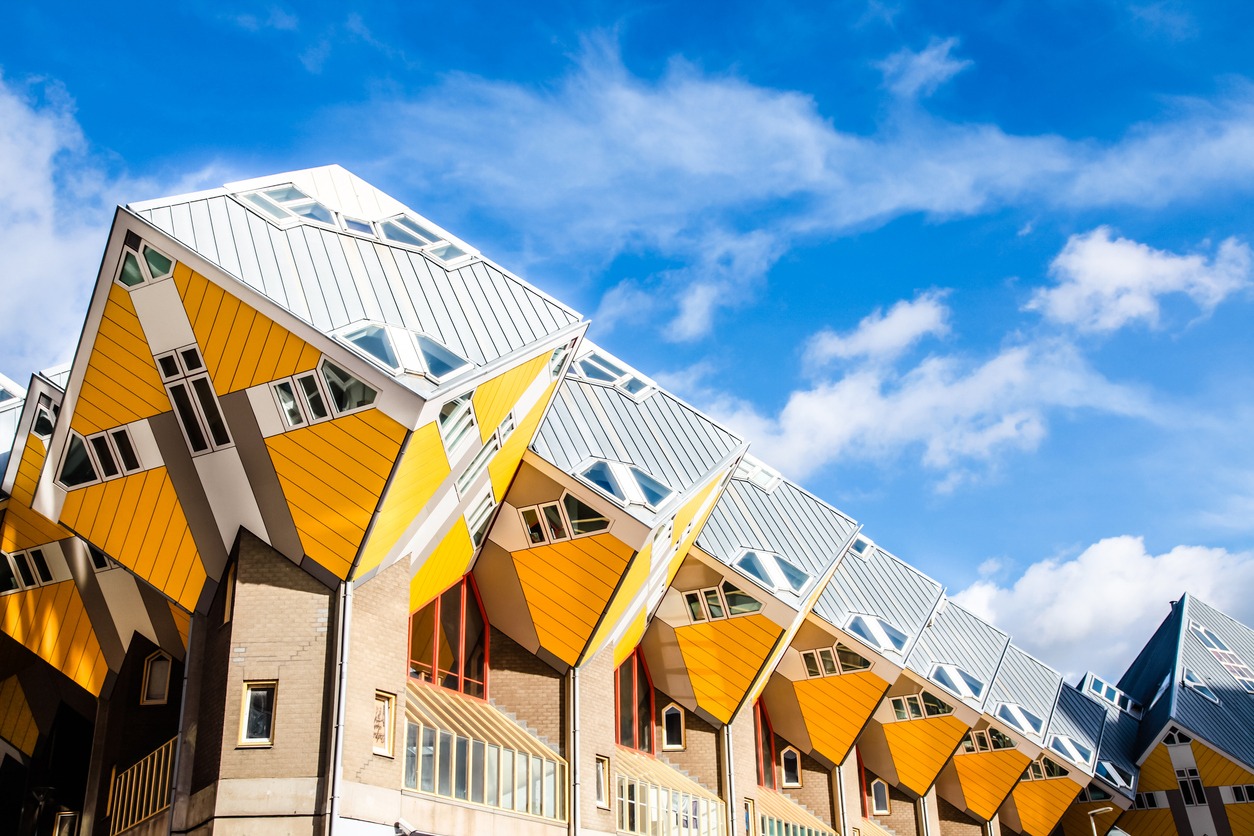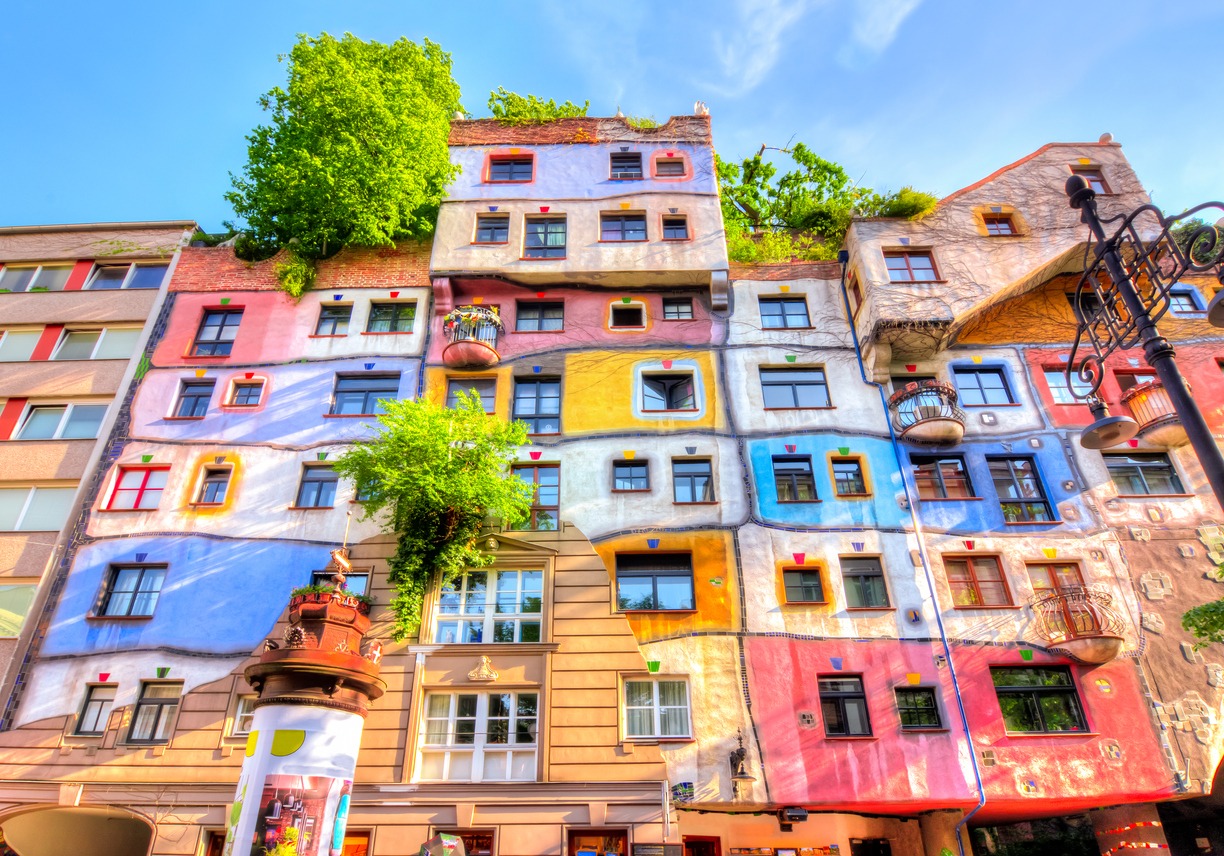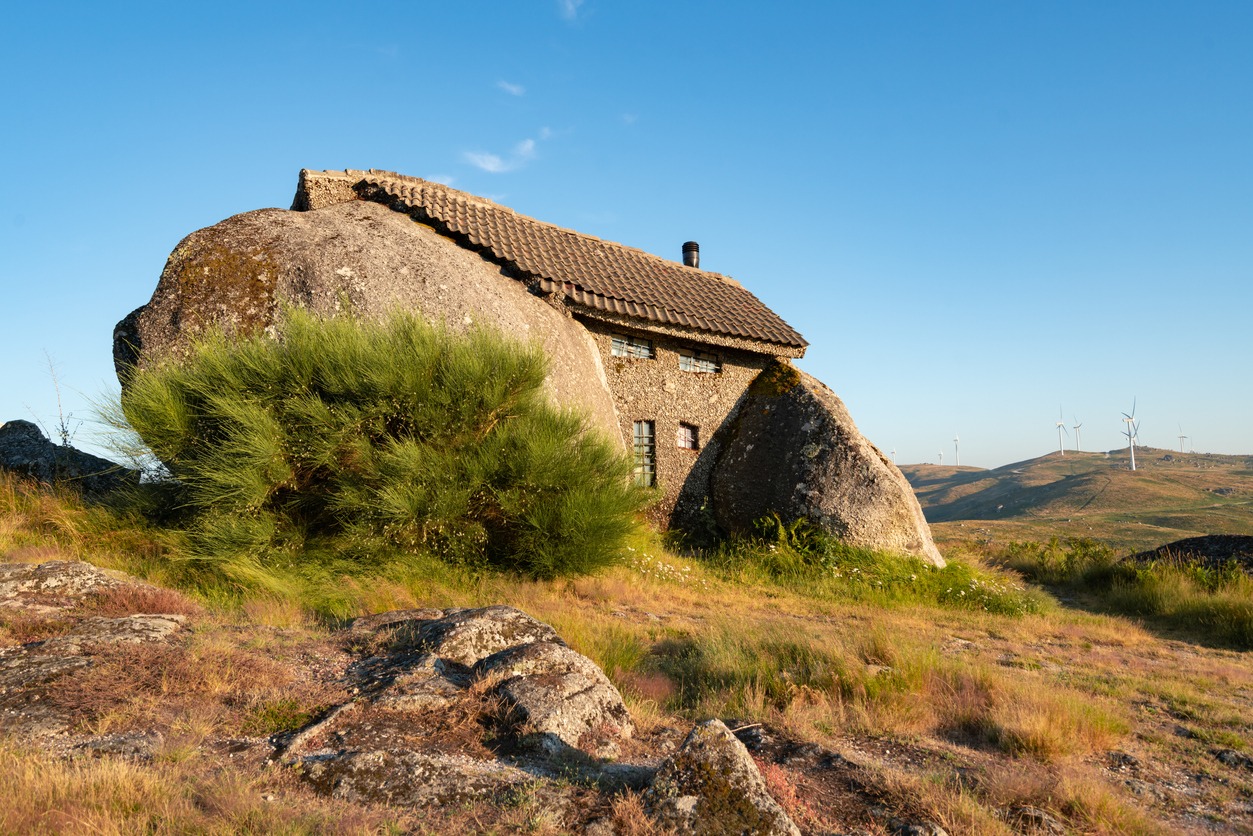Europe is home to some really unusual buildings that stand out because they’re so different. These buildings are not just about being odd; they also show off the creativity and bold ideas of their designers. From buildings that look like they’ve come out of a storybook to ones that defy the laws of physics, Europe’s collection of odd structures is truly fascinating.
These buildings aren’t just for show; they often have interesting stories behind them, reflecting the history, culture, and artistic vision of their creators. In this article, we’ll take a closer look at some of these unique structures and find out what makes them so special.
Krzywy Domek, Poland
In the heart of Sopot, Poland, lies the Krzywy Domek, known as the “Crooked House,” a structure that seems to have leaped out of a whimsical fairy tale. This extraordinary building, with its surreal, undulating design, captivates everyone who sees it. Inspired by the fantastical drawings of Polish illustrators Jan Marcin Szancer and Per Dahlberg, the Crooked House’s walls and windows twist and bulge in an almost impossible manner.
Opened in 2004, it serves not just as an architectural marvel but also as a bustling commercial space, housing shops and restaurants. Its unique appearance makes it a standout landmark and a must-visit for anyone exploring the architectural diversity of Europe.
Casa Batlló, Spain
Casa Batlló, located in the heart of Barcelona, Spain, is one of Antoni Gaudí’s most acclaimed creations, showcasing his unparalleled genius in the realm of Catalan Modernism. This architectural gem, with its fluid lines, vibrant colors, and intricate mosaics, seems to come alive as if it were part of a dream. Gaudí drew inspiration from nature, which is evident in the building’s facade, resembling the scales of a dragon, and in the organic shapes that pervade its structure.
Every detail of Casa Batlló, from the whimsical chimney stacks to the skeletal balconies, reflects Gaudí’s vision of a harmonious blend between natural forms and architectural craftsmanship. This building is not just a structure but a piece of art that continues to enchant and inspire visitors with its beauty and innovation.
Dancing House, Czech Republic
The Dancing House stands as an iconic landmark on the Prague skyline, a bold departure from the city’s traditional Baroque, Gothic, and Art Nouveau architecture. Designed by the Croatian-Czech architect Vlado Milunić in collaboration with Canadian-American architect Frank Gehry, this building is a stunning example of deconstructivist architecture.
Completed in 1996, its dynamic, curvaceous forms are said to represent two dancers, earning it the nickname “Fred and Ginger,” after the famous dance duo Fred Astaire and Ginger Rogers. The Dancing House’s top floor is home to a restaurant offering breathtaking views of the city, making it not just an architectural marvel but also a popular spot for both locals and tourists. Its unconventional design challenges perceptions of what buildings should look like and adds a touch of modernity to Prague’s historic landscape.
The Cube Houses, Netherlands
The Cube Houses, or “Kubuswoningen,” located in Rotterdam, Netherlands, are a striking example of innovative urban design. Conceived and brought to life by architect Piet Blom in the 1980s, these houses challenge conventional residential architecture with their tilted, cube-shaped structures balanced atop hexagonal pylons. Blom’s design is based on the concept of “living as an urban roof,” with each cube representing a tree, and all the houses together forming a forest. The interior of these houses, although unconventional with its angular rooms, is ingeniously designed to maximize space and functionality.
The Cube Houses not only serve as private residences but also attract visitors from around the world, with one transformed into a “show cube” to give a glimpse into this unique living experience. This architectural wonder not only redefines the concept of a “house” but also stands as a testament to the creative possibilities of modern urban living.
Hundertwasserhaus, Austria
The Hundertwasserhaus in Vienna, Austria, is a vivid testament to the imaginative vision of Austrian artist Friedensreich Hundertwasser. This enchanting apartment building, completed in 1985, is a riot of color, organic forms, and lush greenery, challenging the rigid lines and uniformity of conventional architecture. Hundertwasser’s philosophy was deeply rooted in a harmonious coexistence with nature, which is reflected in the building’s design, featuring uneven floors, a facade adorned with a mosaic of tiles, and more than 200 trees and bushes integrated into the structure.
The building’s roofs are covered with earth and grass, and large trees grow from inside the rooms, with their limbs extending out the windows. Hundertwasserhaus not only provides a unique living space for its residents but also serves as a public artwork and a tourist attraction, drawing visitors who wish to experience Hundertwasser’s utopian vision of a nature-infused urban landscape.
The Stone House, Portugal
The Stone House, or “Casa do Penedo,” is an architectural curiosity nestled between four large boulders in the Fafe mountains of Portugal. Built in 1974 as a rural retreat, this house draws its name and distinctive appearance from the giant stones that form its foundation, walls, and even the roof, making it seem as though the house itself was carved out of the mountain. The integration of the house with the surrounding boulders is so seamless that it appears to be a natural formation, earning it comparisons to the Flintstones’ home from the iconic cartoon.
Despite its rugged, prehistoric look, the Stone House is equipped with modern comforts on the inside. It has become a subject of fascination and a popular attraction for tourists, symbolizing a harmonious balance between human habitation and nature’s raw beauty. The Stone House stands as a testament to the creativity and adaptability of architecture, merging with the landscape in a way that is both whimsical and awe-inspiring. If you are interested to explore more strange architecture, you may also check out our article about the most unusual buildings in Australia.
Conclusion
These unique buildings across Europe and beyond showcase the incredible creativity and innovation of architects who dared to think differently. From the whimsical Crooked House in Poland to the nature-integrated Stone House in Portugal, each structure tells a story of imagination blending with the environment. These architectural wonders not only provide us with fascinating destinations to explore but also inspire us to see the world in new and exciting ways.
